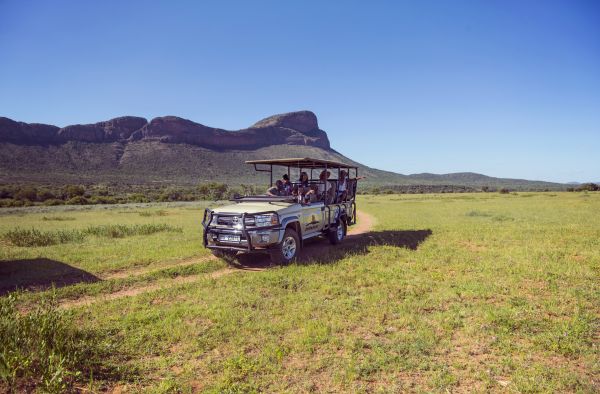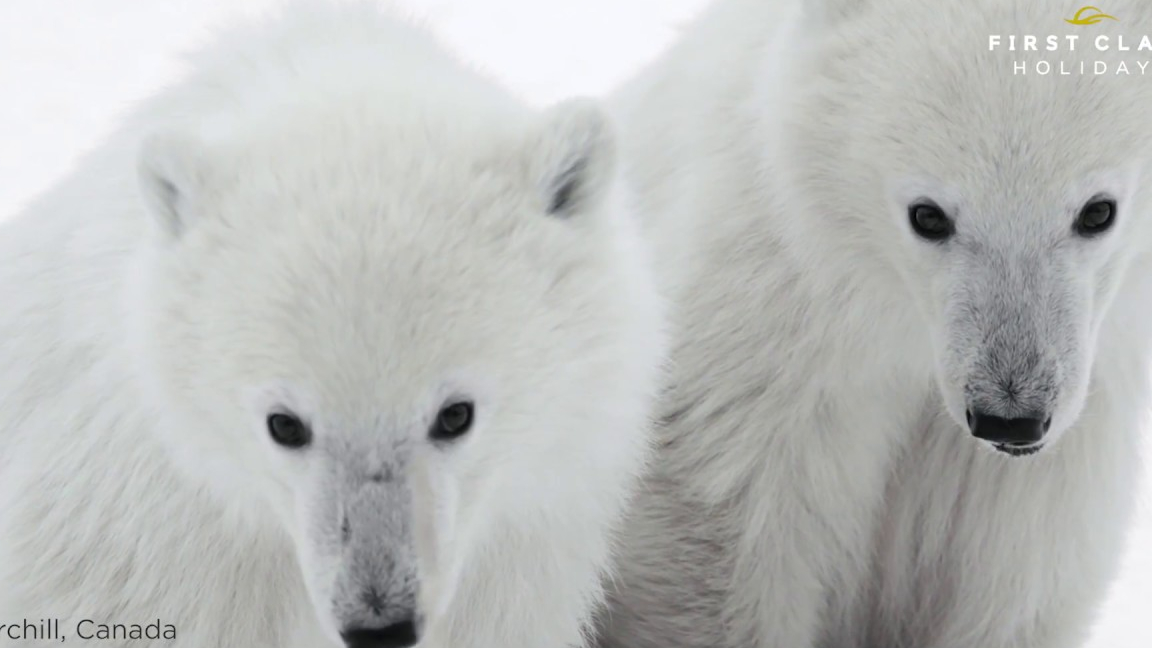Interesting Limpopo Facts
Limpopo is South Africa’s northernmost province, and is bordered by Mozambique, Zimbabwe and Botswana.
Limpopo is home to the UNESCO World Heritage Site of Mapungubwe, an ancient African kingdom.
Limpopo boasts three national parks: Marakele, Mapungubwe and the Kruger National Park.
Polokwane is the capital of Limpopo.
Named after the mighty Limpopo River, and bordering Mozambique, Botswana and Zimbabwe, Limpopo is South Africa’s northernmost province and one of its wildest (in terms of immense untamed landscapes). It’s more off the regular tourist beat than its better-known neighbour, Mpumalanga, but because of its malaria-free game parks, the UNESCO World Heritage Site of Mapungubwe, its cultural heritage steeped in myth and legend, and its fascinating mountain ranges, it is now a drawcard for travellers who are seeking roads less travelled.
Where to go in Limpopo
Polokwane
Polokwane, Limpopo’s capital city, in the centre of the province, is the commercial, administrative and agricultural hub of the region, characterised by wide streets, colourful flowering trees, shopping malls, offices and fast-flowing traffic on the way to and from the Zimbabwean border.
Bela Bela
Formerly known as Warmbaths because of its natural hot springs, and known by the local Tswana people as ‘water that boils on its own’, this pleasant little town in the heart of the Waterberg, just over an hour’s drive from Gauteng, is now a popular health and wellness destination and holiday resort.
Musina
Limpopo’s northernmost town at the confluence of the Sand and Limpopo rivers is notorious for its lengthy border-crossing queues into Zimbabwe. Surrounded by hunting farms and a diamond mine, it lies on the road to the north that is reputed to be one of the busiest – if not the busiest – in Africa.
Haenertsburg
This quaint little town, 60km east of Polokwane on the road to Tzaneen, is one of those attractive arty-crafty villages off the beaten track that dot the South African landscape. It provides a good base for exploring the surrounding Magoebaskloof forests and valleys.

